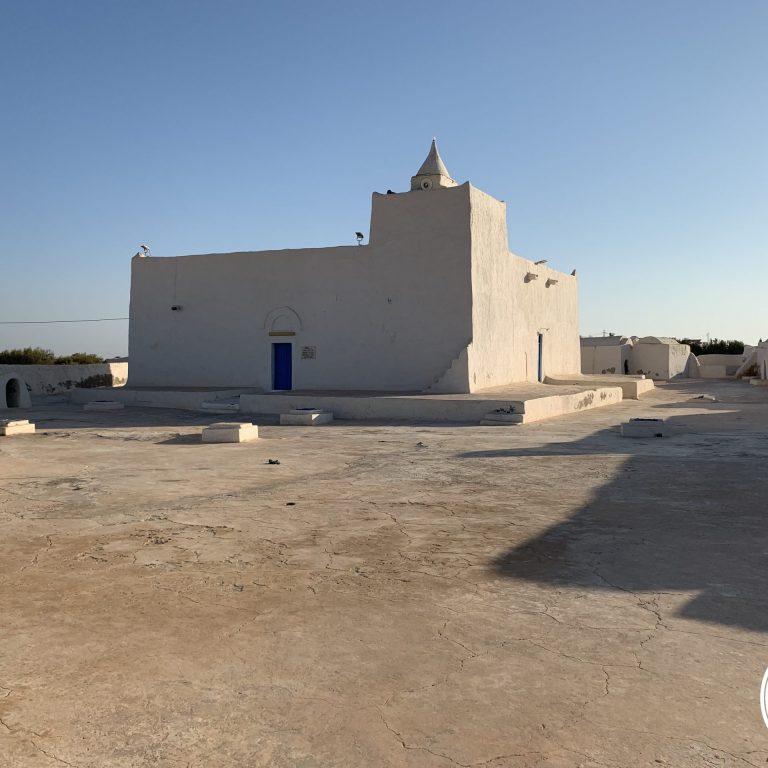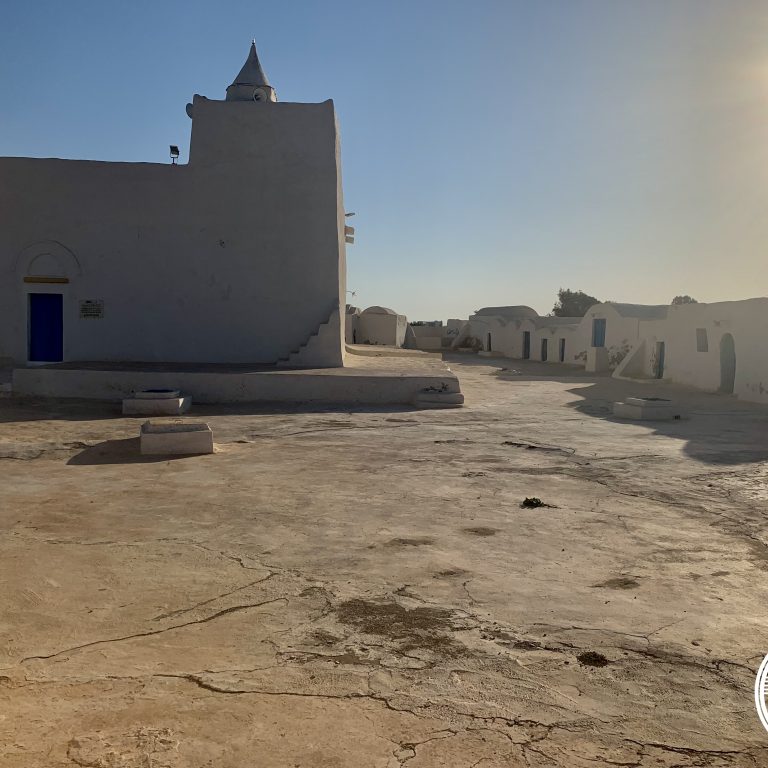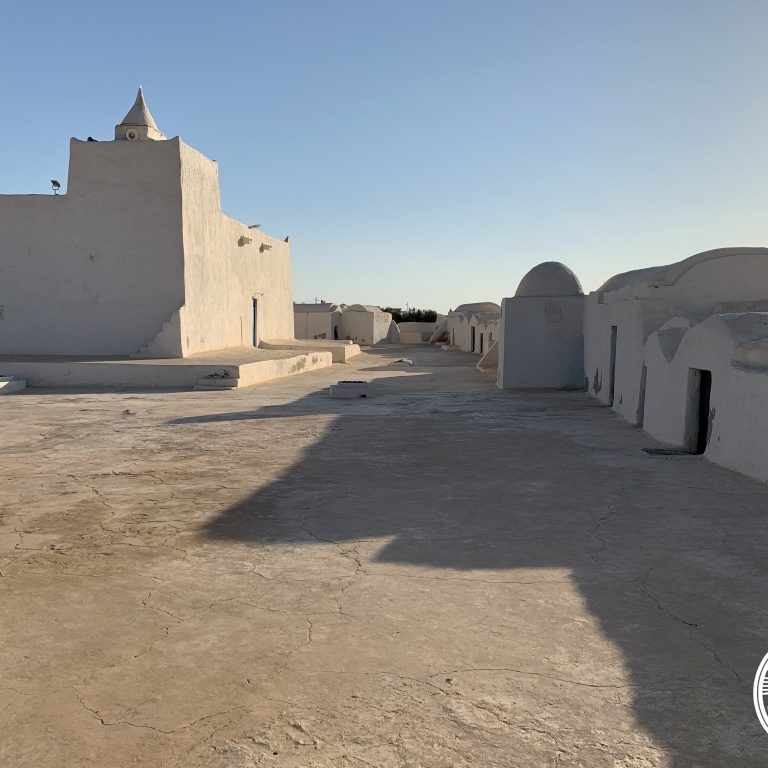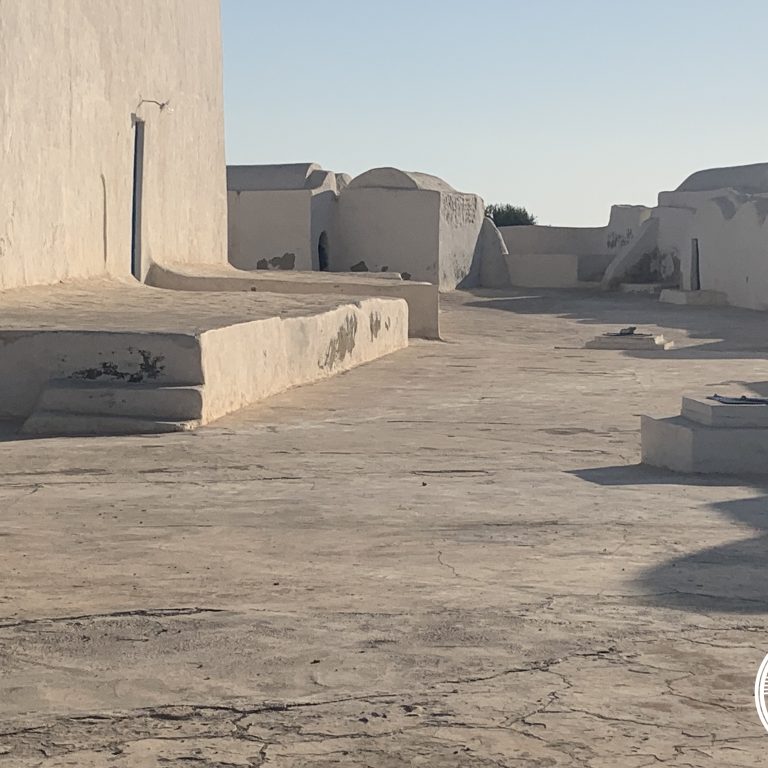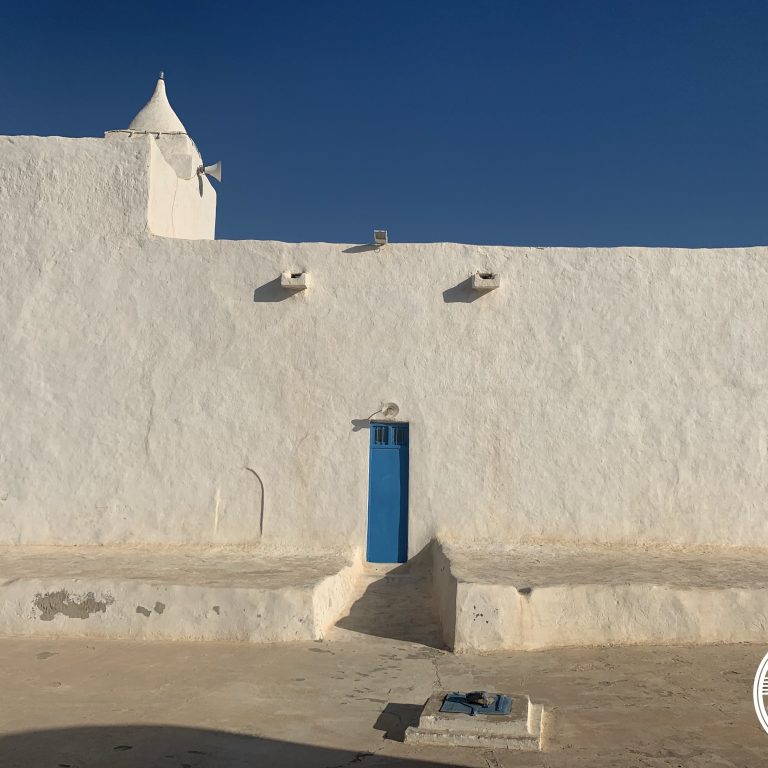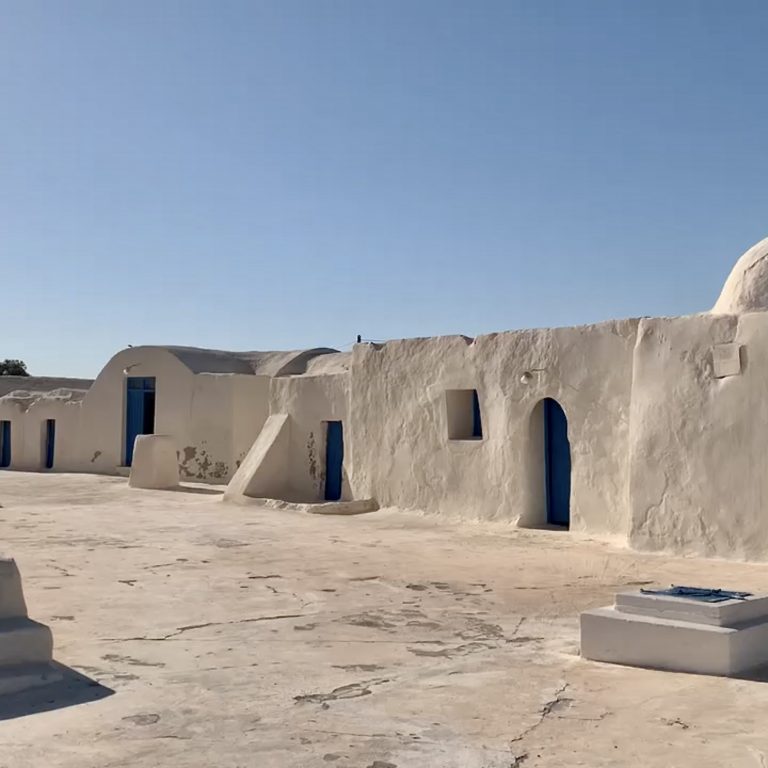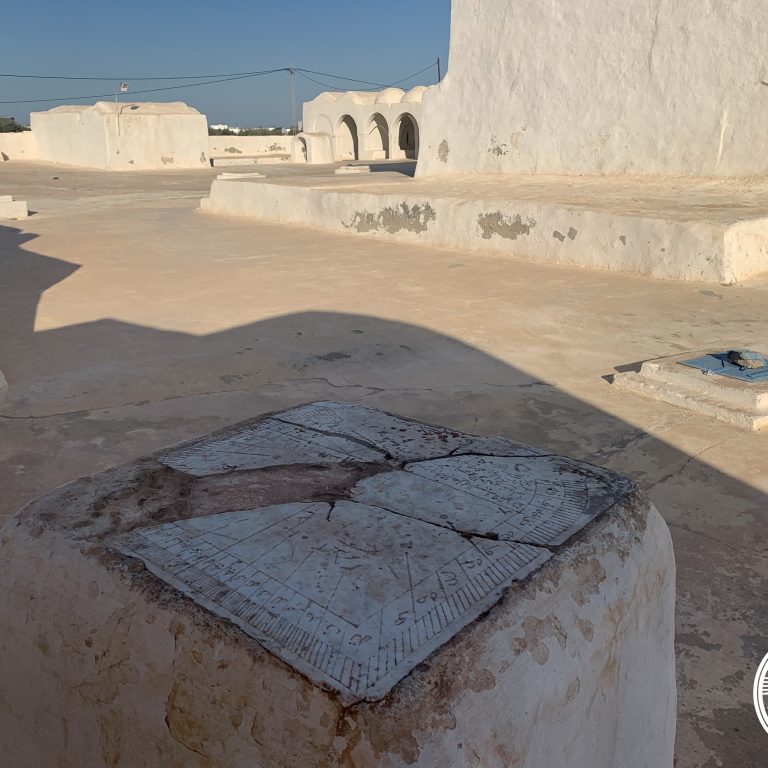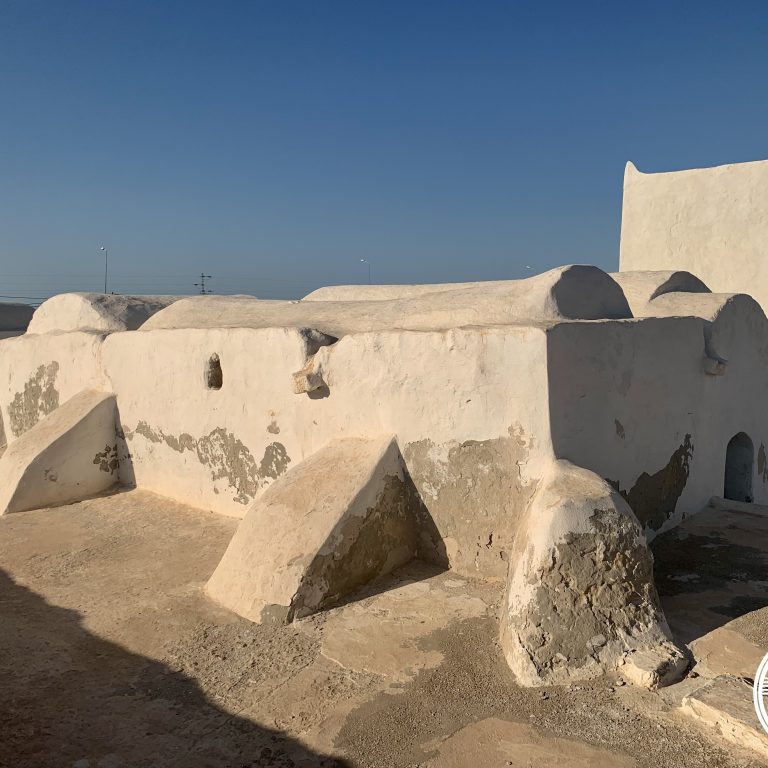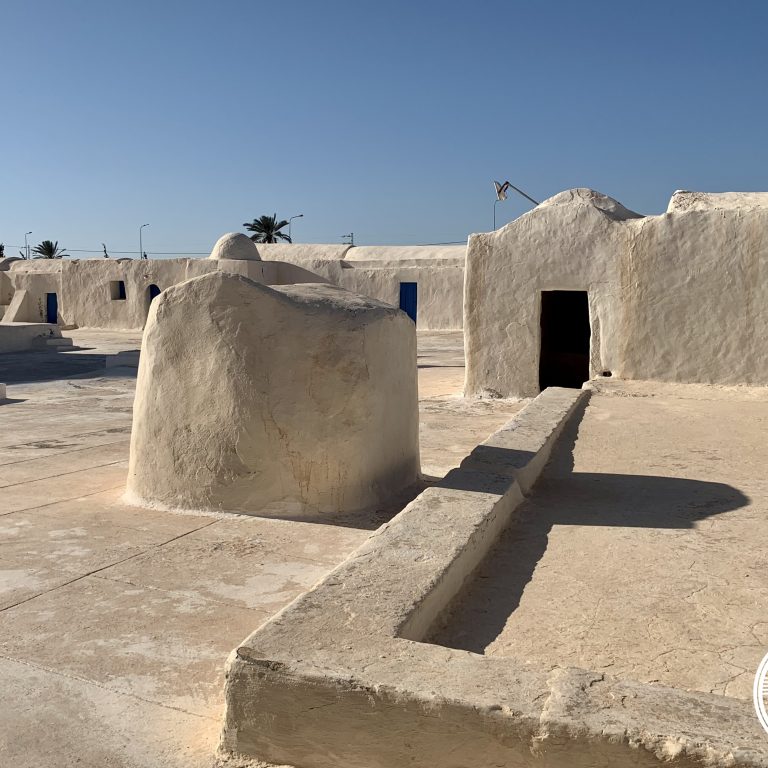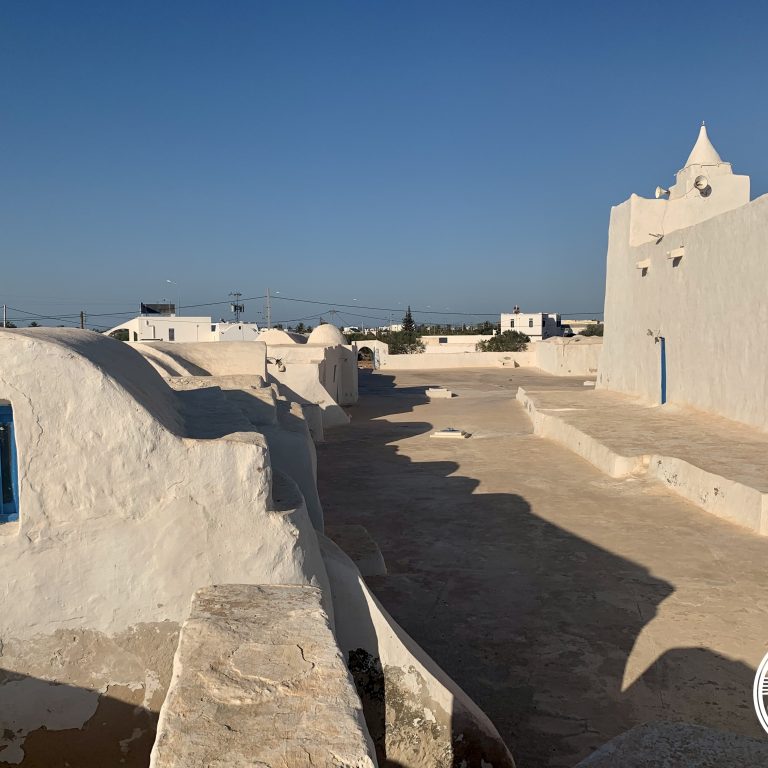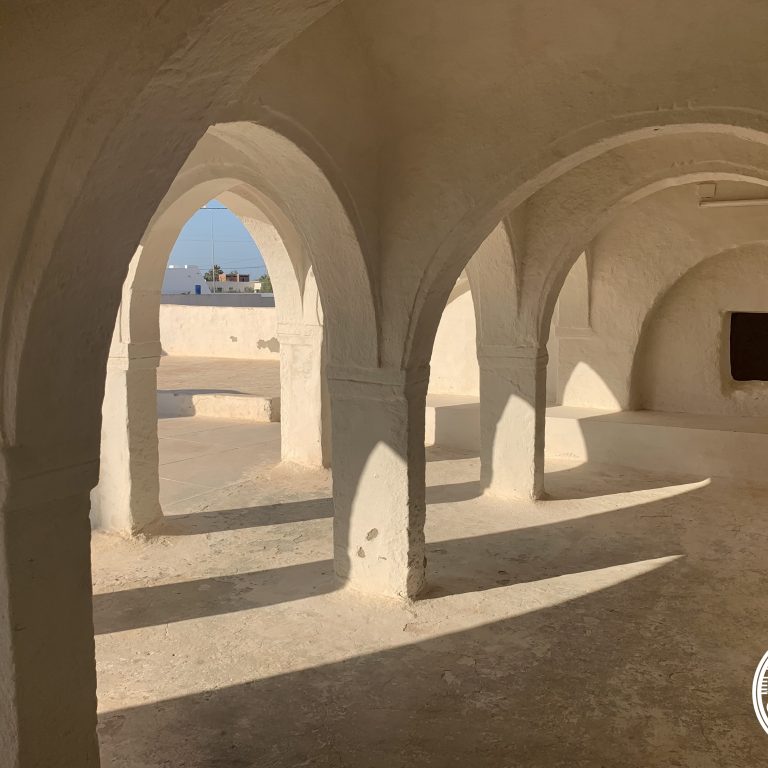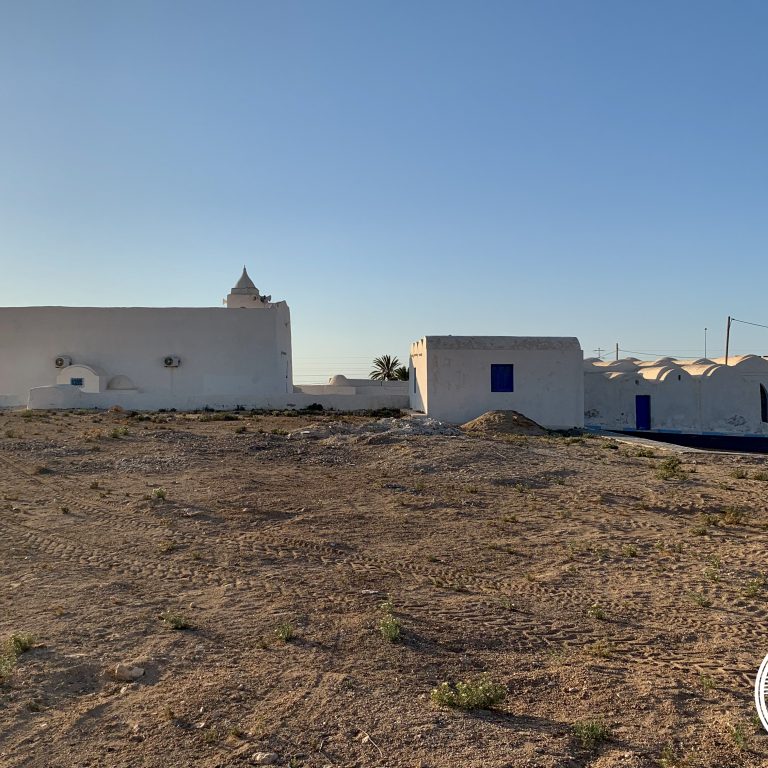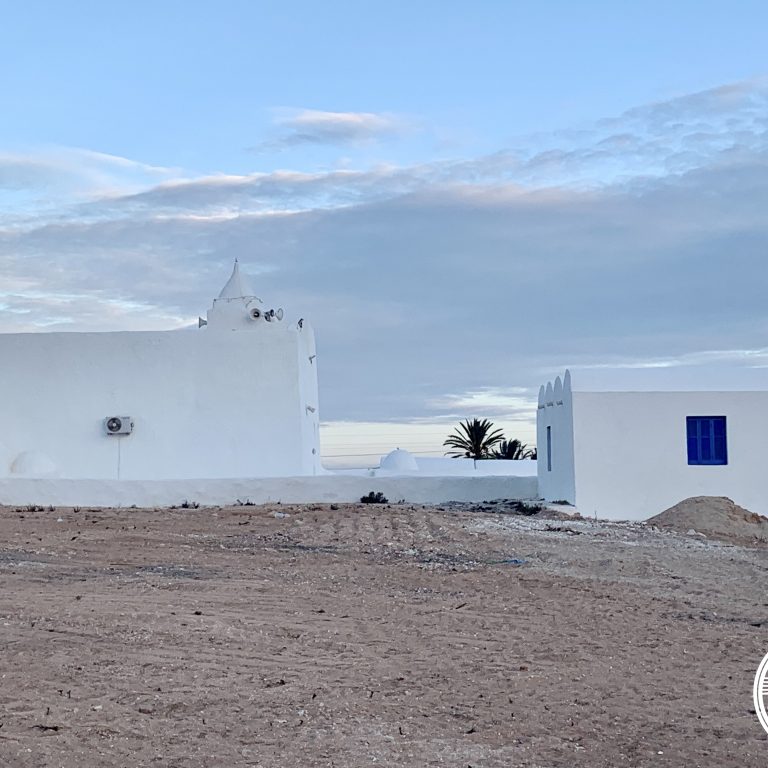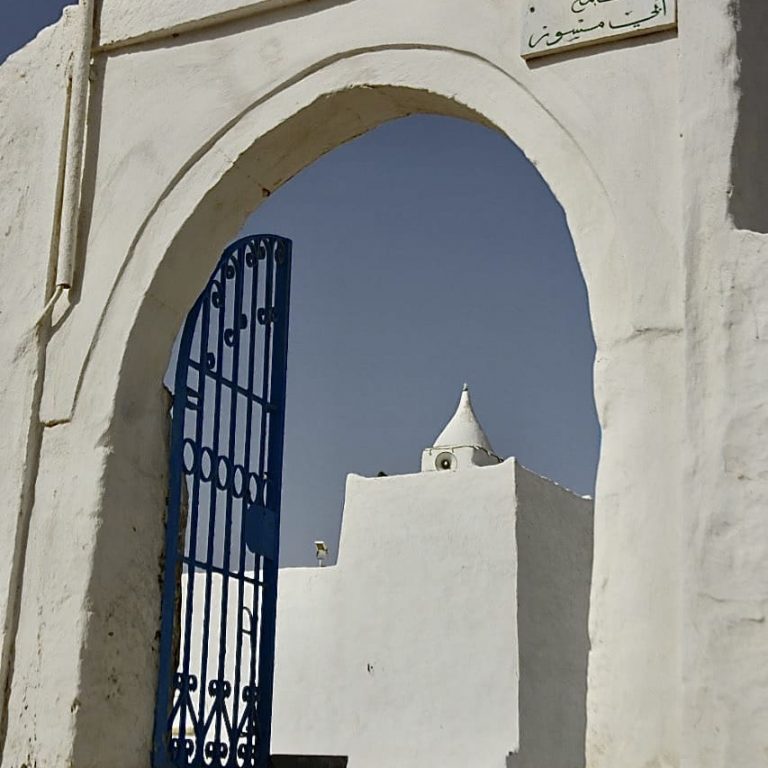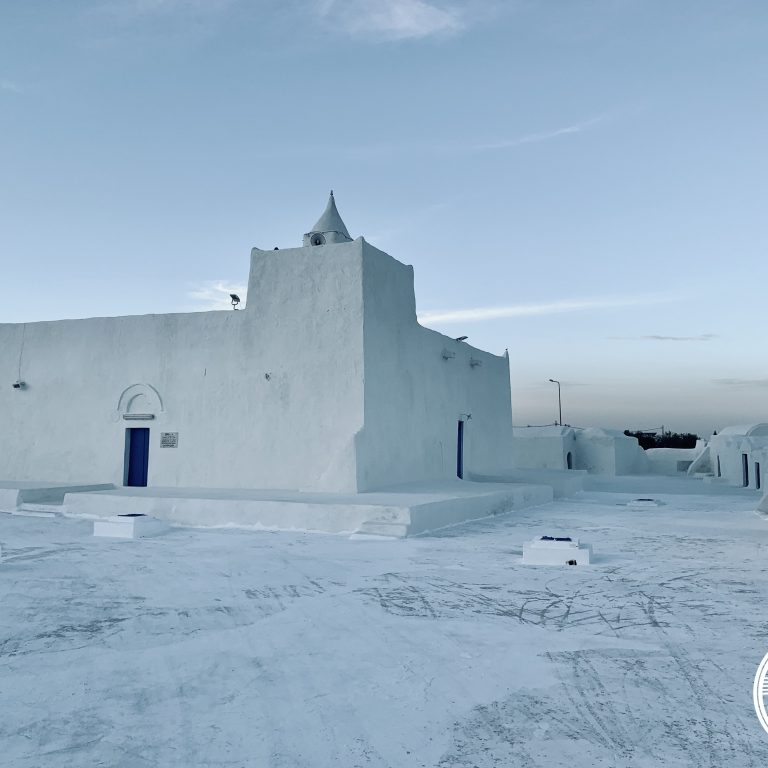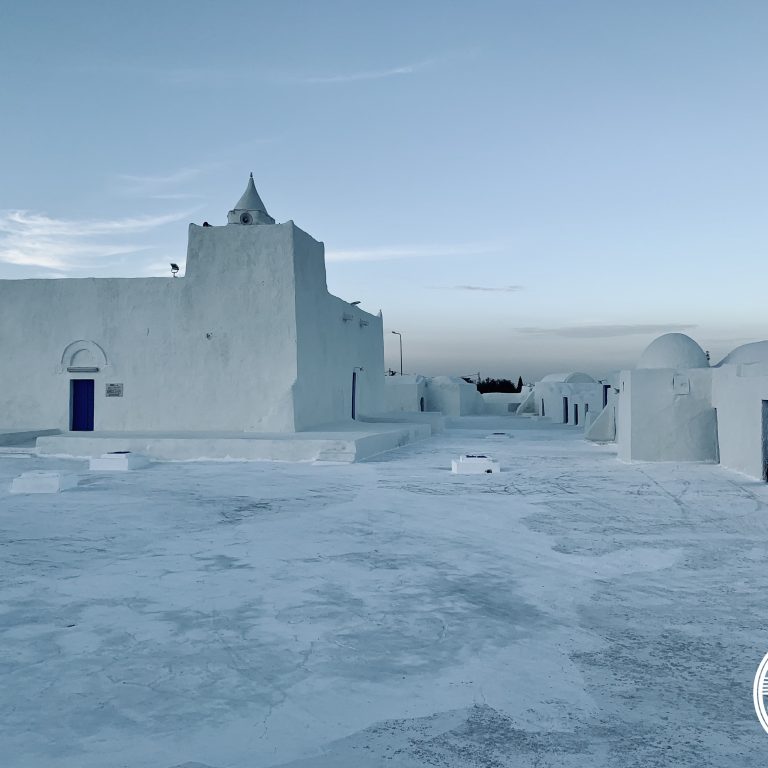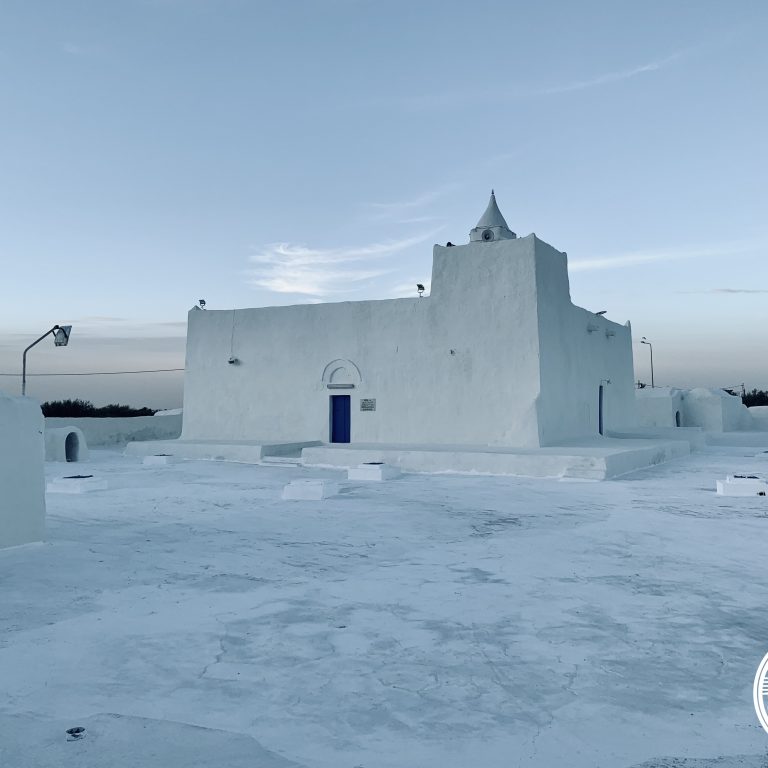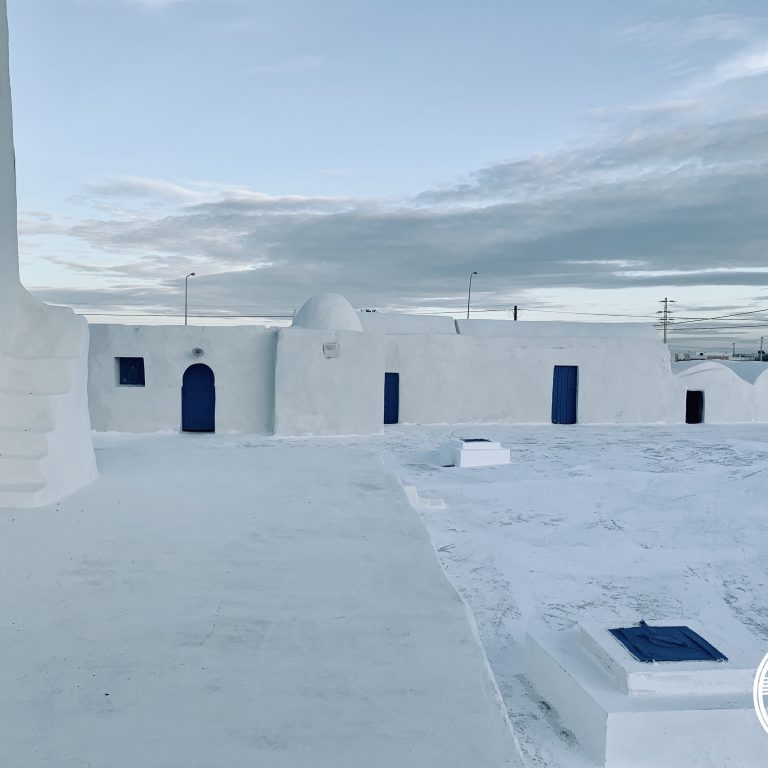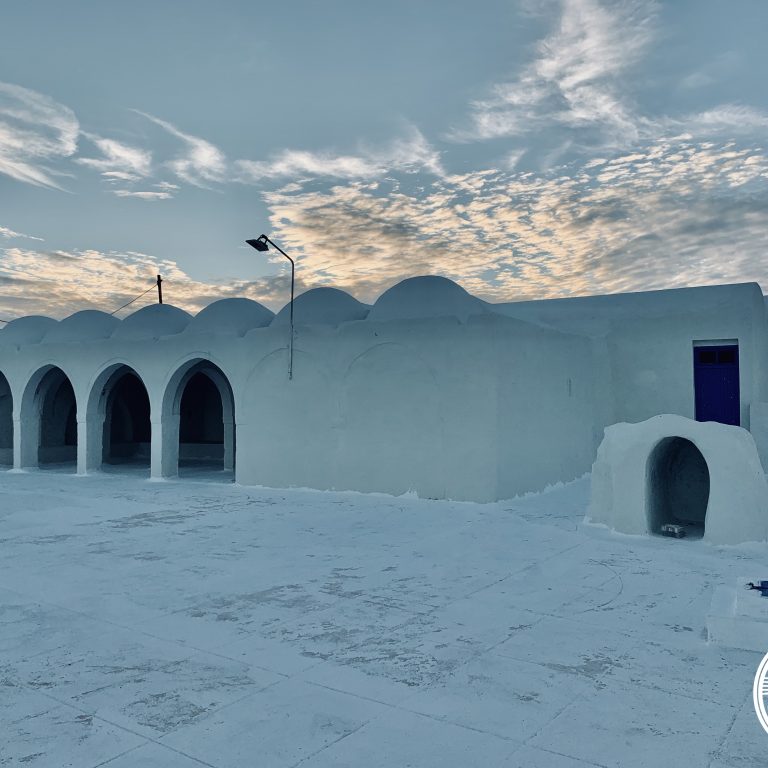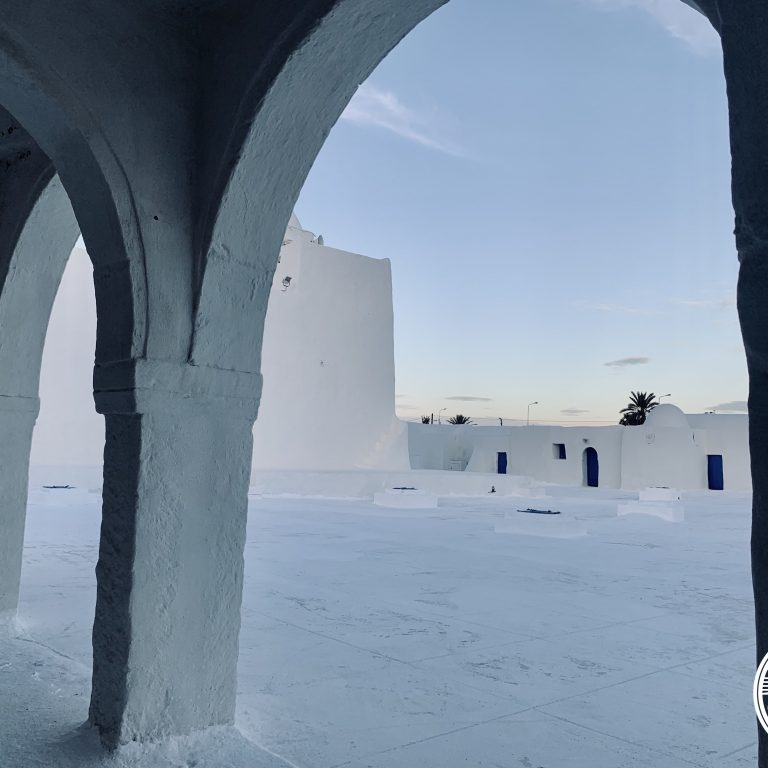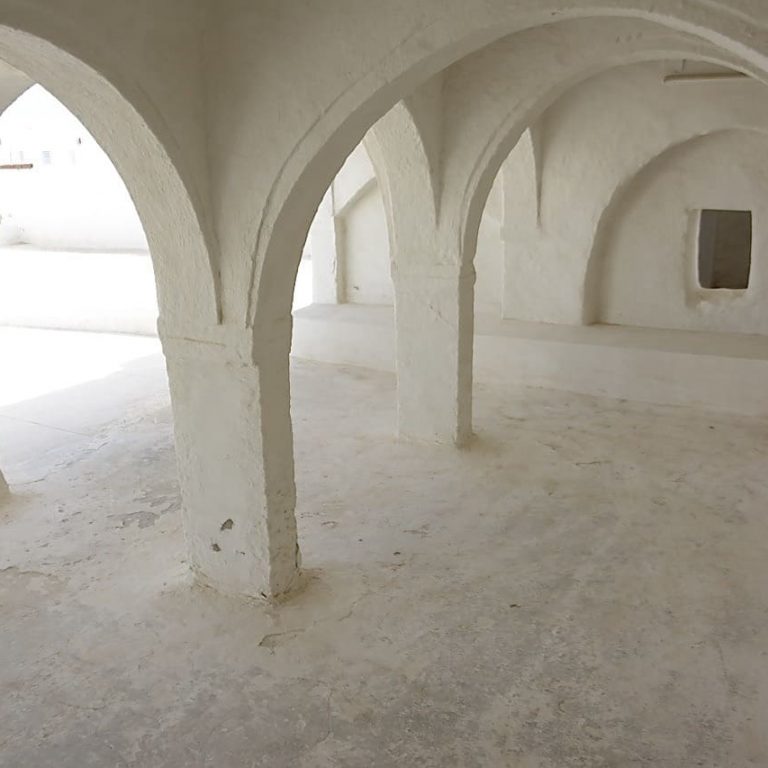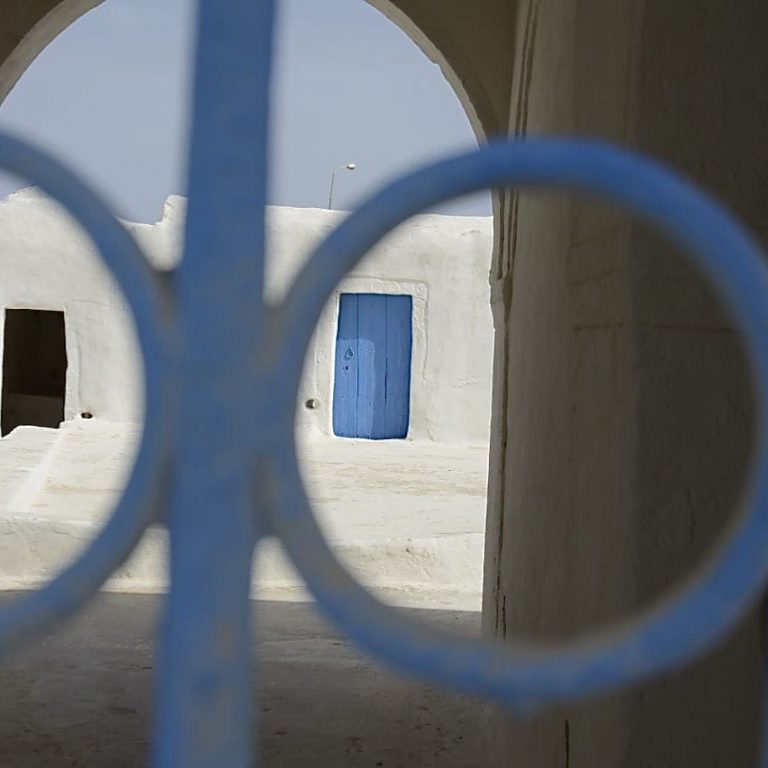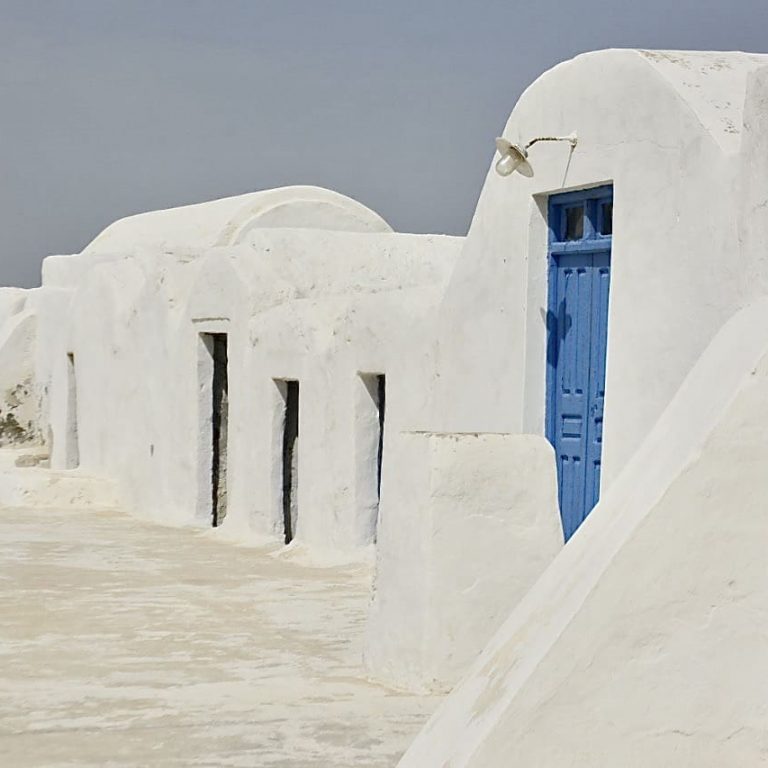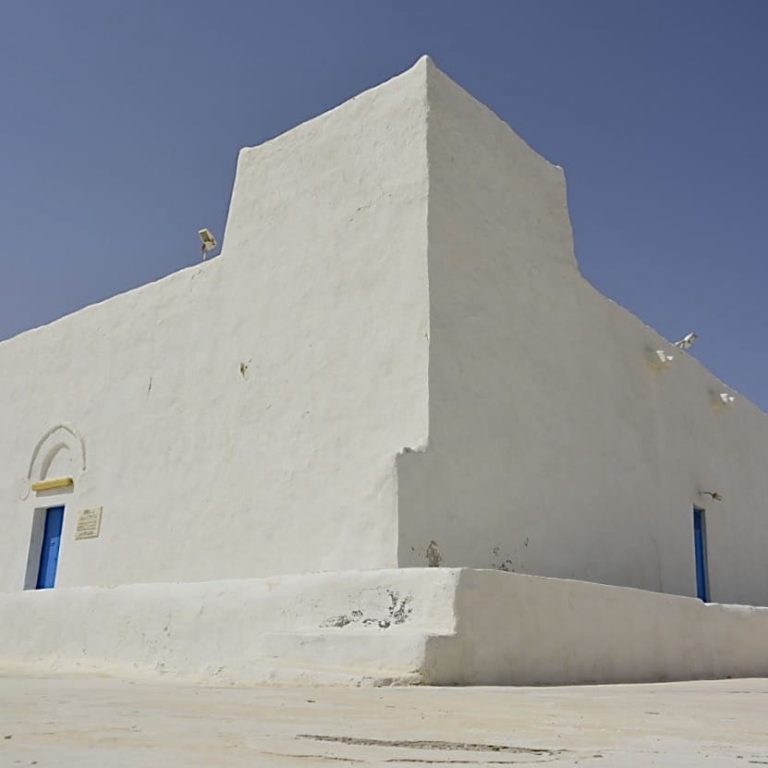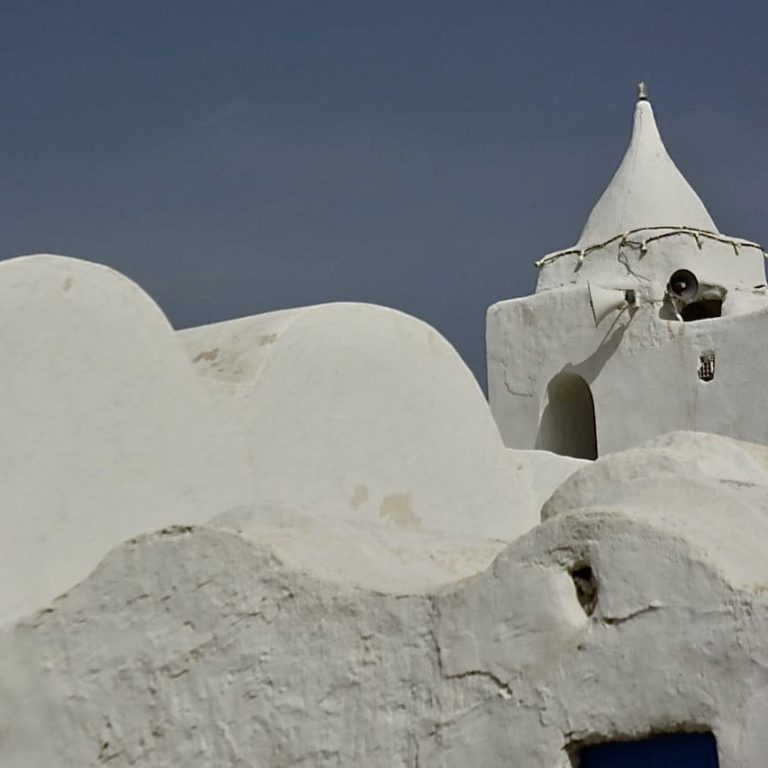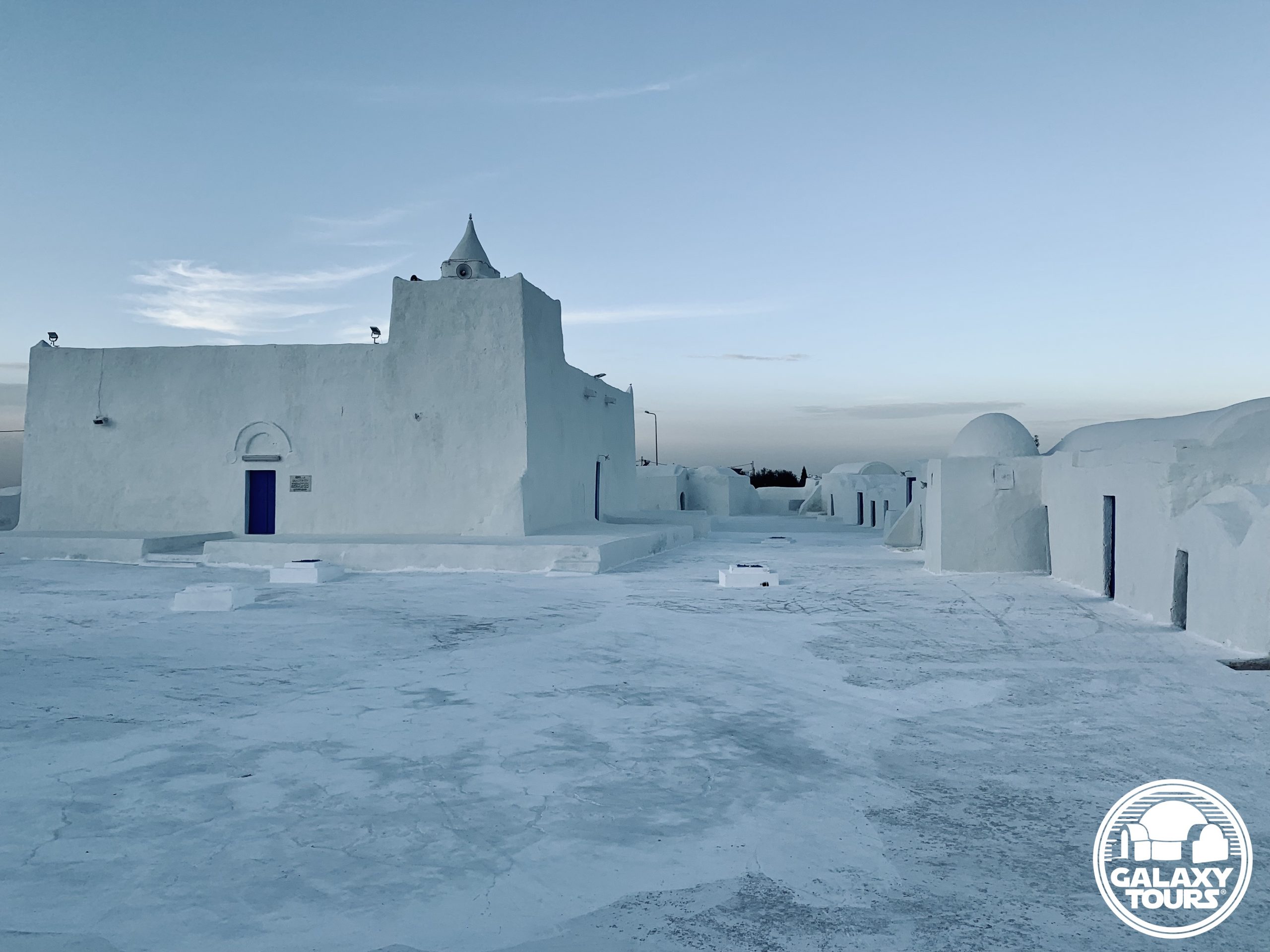
Abu Miswar Mosque
OVERVIEW
Site: Abu Miswar Mosque complex
GPS: 33.862203, 10.821254
Location: Hachan outskirts, Médenine Governorate, Djerba island, Tunisia
Description: Ibadi complex (late 9th century CE)
Star Wars recce:
Episode IV – Tunisia (November 1975)
Source: Original recce photographs (Barry)
Star Wars scouted set concept:
Anchorhead | Tosche Station (exterior)
Star Wars connection discovery:
Galaxy Tours (6 March 2021)
First Tosche Station: Based on geographic references listed in the first Tunisia-specific shooting schedule for “The Star Wars” (drafted on 27 November 1975), Abu Miswar Mosque—documented as Djerba’s oldest mosque and center of Ibadi learning—was most likely initially envisioned to be fictional Tosche Station. The decision to not film Tosche Station hangout scenes at Abu Miswar Mosque was likely made in late January/early February 1976, presumably driven by the logistical convenience of selecting a site (Sidi Jemour Mosque) closer to Ajim.


